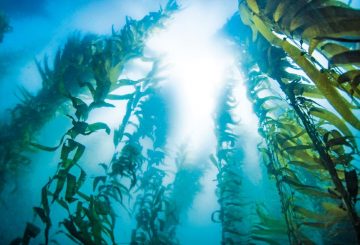Mt Messenger 우회 협력업체들은 프로젝트의 해충 방제 프로그램을 진행하면서 일련의 1080회 투하를 계획하고 있습니다.
지난 8월부터 마운트 메신저 얼라이언스 (Mt Messenger Alliance) 팀은 250km를 목표로 하는 해충 관리 트랙 중 70km가 넘는 도로를 조성했으며, 타라나키 3번 주 고속도로의 새 구간 주변의 훼손된 숲에 850개의 미끼 보관소를 설치했습니다.
또한 프로젝트 지역과 인접한 파리니히 블록에서 170마리 이상의 야생 염소가 도태되었습니다.
한편, 새로운 도로에 반대하는 사람들은 다음 주에 다시 법정에 출두할 예정입니다.
마운트 메신저 얼라이언스의 수석 생태학자 로저 맥기번 (Roger MacGibbon) 은 지난 8월 작업이 시작된 이래로 프로젝트의 획기적인 해충 방제 프로그램에 큰 진전이 있었다고 말했다.
지금까지의 성과는 이번 겨울에 자연보호부와의 공동 작전을 통해 프로젝트 지역과 인근 파리니히에 1,080의 공중 낙하를 통해 더욱 강화될 것입니다.
1992년부터 이 지역에 정기적으로 납품된 생분해성 1080 독소를 함유한 시리얼 펠릿은 넓고 외딴 숲으로 뒤덮인 울퉁불퉁한 지역에서 사용할 수 있는 유일한 해충 방제 방법이었다고 MacGibbon은 말했습니다.
맥기번은 프로젝트 파트너인 응아티 타마 (Ngāti Tama) 와 마나 훼누아 (Mana Fhenua) 가 1080 하락을 지지했다고 말했다. 응가티 타마는 프로젝트 지역 및 파리니히에서 타옹아 종의 기대 수명과 번식을 보호하기 위해 최선을 다하고 있다.
약 120,000그루의 식물로 구성된 32헥타르의 삼림, 습지 및 강기슭 식재가 진행될 예정입니다.
크레딧: radionz.co.nz




























































